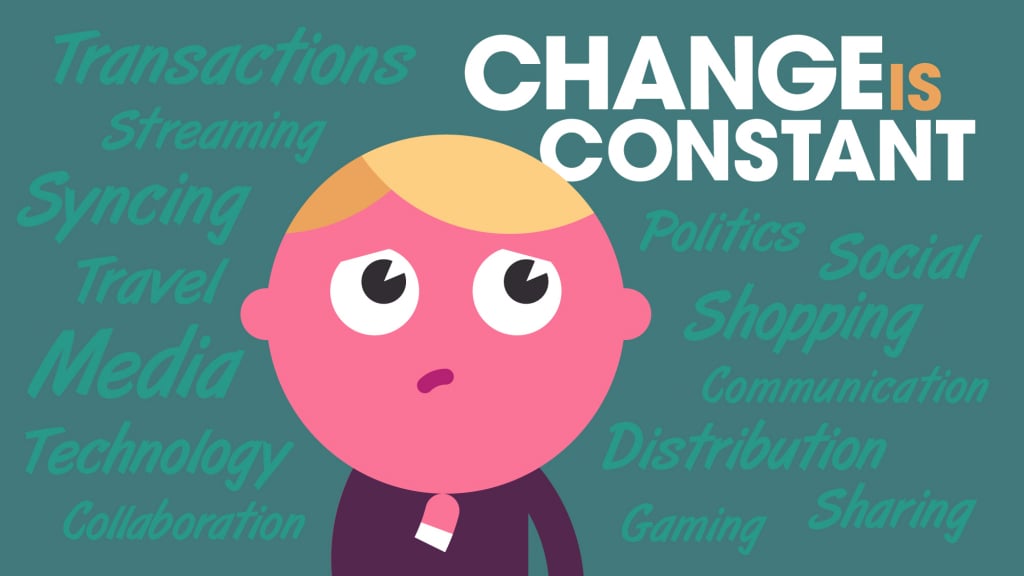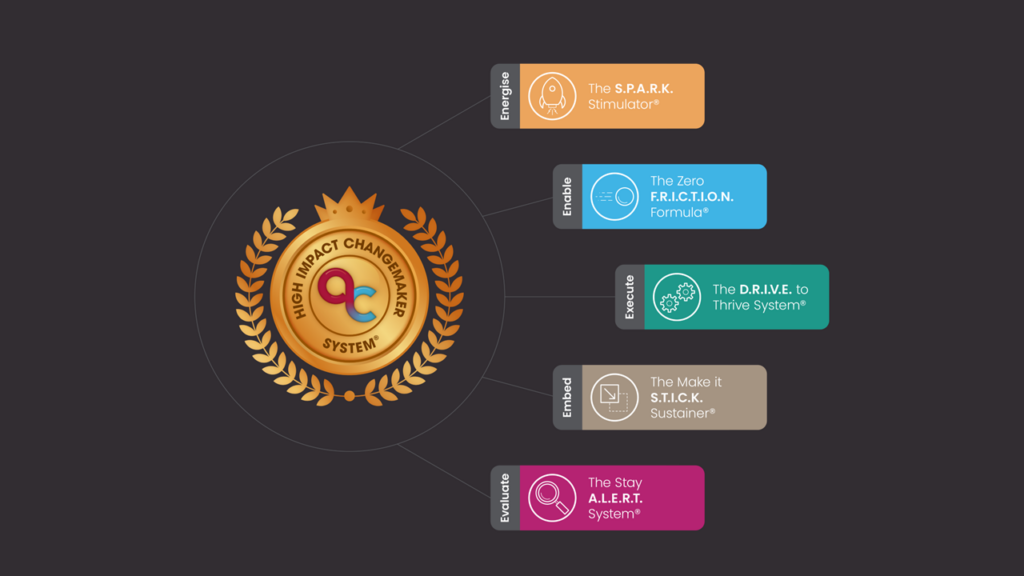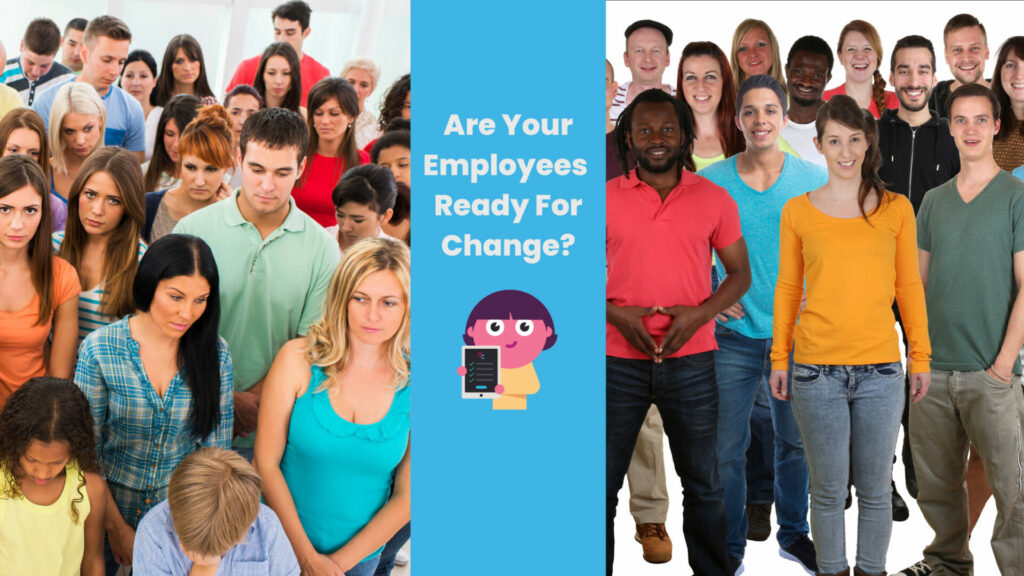Change Management: Why big change is the new normal in business
By Applied Change
Share

If this year has shown us anything, it’s that change will happen whether we want it to or not and often comes out of the blue. So maybe a sensible approach is to be ready for it.
The phrase “change is a constant” has never been more true and the types of changes we’re seeing in the workplace are ever more transformational. This year alone, the transition to remote working, getting used to new tools, finding new ways of sharing as well as juggling family and work priorities has meant a huge adjustment for many of us. Meanwhile, alongside Covid-19, new disruptors and new business models continue to emerge ever more quickly, facilitated by globalisation, new technology and opportunism.
Whilst this year has been particularly extreme, you don’t have to look too far back to see how much has changed in the last 20 years:
Think Apple in the music and phone business (challenging both record companies and phone makers)
Think Amazon
Think Netflix
Think Airbnb
Think Uber
Think Tesla
Increasingly, whole sectors and the companies within them are forced to redefine themselves, to re-establish their relevance (if they can) and build new value chains, just to stay in business. Take Music, Retail and Photography and remember what those sectors looked like just 20 years ago compared with today. There was limited online presence, Amazon wasn’t really in common consciousness, Kodak was unstoppable, music was mostly sold on CDs and Smartphones weren’t even an idea for most of us. Within just 20 years all that has changed; some companies adapted and others didn’t. Shall I mention the pandemic again and the recent news about Arcadia?
True transformation requires a different kind approach that goes far deeper, there must be a willingness to go back to basic principles and question everything. For example, the legacy of previous success can so easily end up creating a culture of inertia and resistance, undermining an organisation’s ability to adapt quickly to external forces and opportunities. Even the standard organisation structure, still alive and well in many businesses (and largely unchanged from the end of the 19th century), can undermine the organisation’s ability to innovate and act quickly. The decision making process becomes cumbersome and so decisions aren’t taken quickly enough or aren’t bold enough.
Addressing this kind of inertia starts with an awareness and acceptance that it even exists. Some indications we’ve found to be commonplace include:
- Large comfortable offices and big expense accounts, creating an illusion of being too big to fail
- Toxic leaders and staff, vested in personal gains and power over business success
- An assumption that only the people at the top of the organisation can have useful ideas
- Salaries and incentive structures that reinforce egos and attract power hungry personality types, whilst undermining innovation
- A generalised avoidance of criticism or fear of being fired for taking a risk
All of this leads to change resistance, often insidious and passive and so hard to pinpoint. Yet, as we’ve seen this year, the world will continue to change regardless, that much is certain. The only question is when and how, maybe also how fast.
A common misconception is that people are naturally resistant to change. We challenge that, pointing to the changes, large and small, we all make willingly every single day. And this year has proven beyond any doubt that when the conditions are right we’ll all make big changes, even where it means giving up something significant.
So our job is to help organisations to create the right conditions for change, so that our most natural of human qualities, innovation and adaptability can begin to emerge. That’s when we achieve the seemingly impossible. Every organisation is different, every situation is different, every person is unique and that’s just how it should be.
So is your organisation ready for change? Try our quick survey to find out.
Get in touch
If you’re starting a change, or already on the journey and need some support, we can help.
Whether it’s coaching or mentoring your leadership team, diagnosing low engagement or leading a change on your behalf, we have a range of options to suit different situations and budgets. Contact us by clicking the button to find out more.
Related content
The Unseen Perspectives: Unlocking the Hidden Drivers in Business Transformation
Discover the impact of individual perspectives on the success of your business transformation. Discover the impact of individual perspectives on the success of your business transformation. Learn how to leverage these hidden drivers for more effective change management with real-life examples.
Organisational Change Readiness Assessment
When done in the right way, change can deliver rapid value for the organisation whilst also contributing positively to the wellbeing of the people involved. Organisational change readiness helps us to understand how those involved in or affected by a change are feeling about it. From those insights we can then take steps to make the change easier for everyone.
How to make big change? Start small.
Large organisations making big changes could learn lessons in agility from smaller firms.
Become a High Impact Changemaker
Learn 5 key strategies to increase engagement and empowerment in your business transformation, leading to faster outcomes and with everyone fully onboard.
Change Readiness Assessment
A change readiness assessment allows you to quickly and easily test the engagement and perceptions of those stakeholders that are critical to success.






